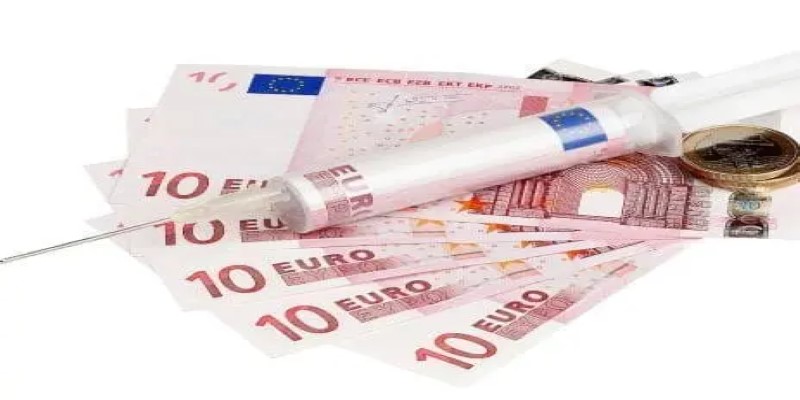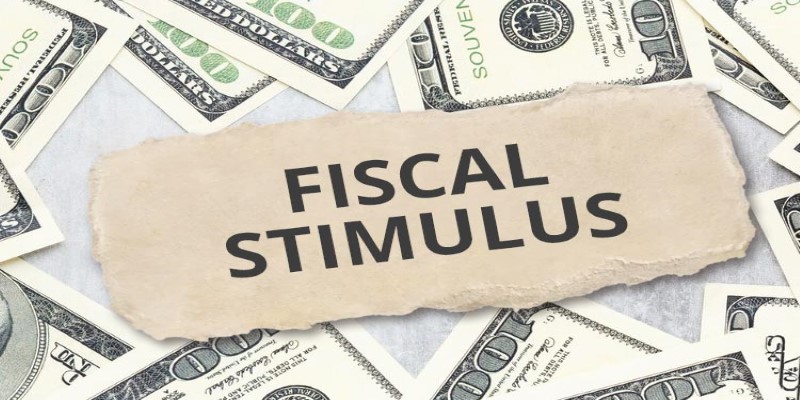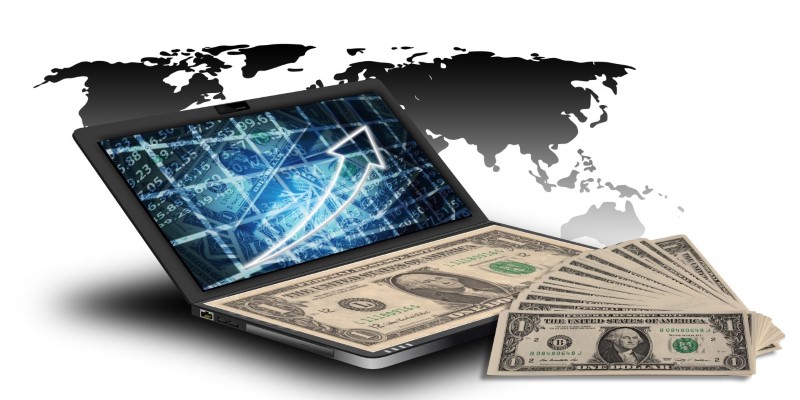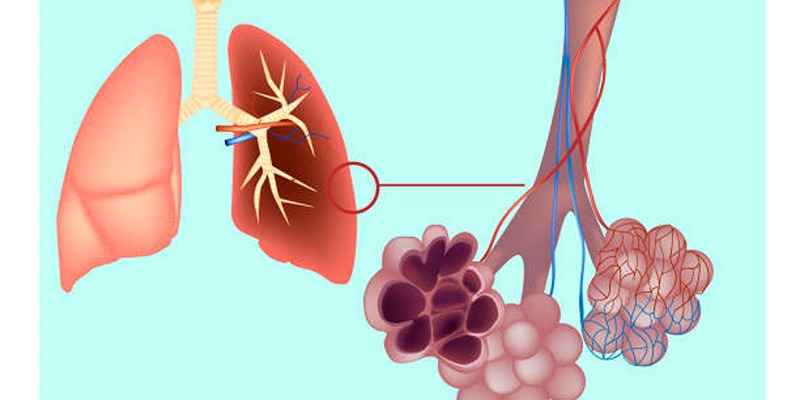How Stimulus Packages Drive Economies Forward
Economic depressions are inevitable, and most governments worldwide make use of an effective tool while trying to lift their economies in such desperate situations: the stimulus package. But what is this term that is referred to as a life save during financial crises? In simple words, a stimulus package refers to a set of financial measures and policies implemented by a government that aims at reviving economic growth.

Let's call it an economic inlay that is directly injected to counter the actual situation of unemployment, low spending, or whatever financial slowdown. Now, let's dive into what makes such a strategy essential, its benefits, the many forms it can take, and examples that illustrate its impact on global economies.
Understanding a Stimulus Package
A stimulus package is basically aimed at spurring activity in an economy slated to slow down or recession. Where business firms experience decreased demand, jobs become scarce, and consumer confidence starts to dwindle, it is the governments that step in with measures aimed at injecting cash flow into the system. These can take many different forms: fiscal injections aimed at giving financial direct aid to consumers, tax reductions, and subsidies on failing industries to undertaking increased government spending on infrastructure and other public projects.
In a nutshell, the goal is to promote spending, which, in turn, revives businesses, offers more job opportunities, and restores economic stability. Without such measures, natural recovery can be terribly slow and leave in its wake deep, long-term damage to the economy. The use of this strategy is not limited to extreme crises; even in minor financial downturns, stimulus packages make great sense as a means of sustaining growth momentum.
The Benefits of Stimulus Packages
The primary advantage of a stimulus package is its ability to offer immediate relief to struggling economies. By injecting funds into key areas, governments can address critical issues such as unemployment, consumer spending, and business stability. For instance, when people receive direct payments or tax breaks, they are likely to spend more on goods and services, giving businesses the boost they need to keep running. This cycle of spending and earning creates a ripple effect, lifting the entire economy.
Another key benefit is the preservation of industries vital to national and global economies. Governments often focus on sectors like manufacturing, technology, or energy, ensuring they remain operational even during hard times. Additionally, increased public spending on infrastructure not only generates jobs but also leaves behind valuable assets such as roads, bridges, and schools that continue to benefit society for decades.
Stimulus packages also restore confidence among consumers and investors. When people see their government taking decisive action, it often mitigates panic and reassures them that recovery is within reach. This sense of stability is crucial for reigniting the gears of commerce and trade.
Types of Stimulus Packages
Stimulus packages can take many forms, each tailored to the specific needs of the economy. They can be categorized into monetary stimulus and fiscal stimulus.
Monetary Stimulus

This type involves central banks lowering interest rates or employing quantitative easing to increase the money supply. By reducing borrowing costs, businesses and consumers are encouraged to take loans, invest, and spend. Central banks also purchase government bonds to pump liquidity into the financial system, ensuring that credit remains accessible. Another aspect of monetary stimulus is the adjustment of reserve requirements for banks, allowing them to lend more money and expand credit access. These measures are often quicker to implement than fiscal policies, making them a vital tool for addressing sudden economic downturns.
Fiscal Stimulus

Unlike monetary stimulus, fiscal measures focus on government spending and taxation policies. Examples include issuing direct cash transfers to citizens, cutting taxes to increase disposable income, or investing heavily in public projects like transportation or housing. Fiscal stimulus is more visible and immediate compared to monetary strategies, often bringing tangible changes to people’s lives. Additionally, fiscal measures can be tailored to address specific economic sectors or regions, making them more precise in tackling localized challenges.
Targeted vs. Broad-Based Packages
Some stimulus packages are highly targeted, focusing on specific groups like low-income households or small businesses. Others adopt a broad-based approach, aiming to uplift the economy as a whole by addressing multiple sectors simultaneously. Targeted packages are often more efficient in addressing acute needs, ensuring resources are directed to those who require them most. Broad-based packages, on the other hand, tend to generate widespread benefits, fostering economic recovery on a national or even global scale by stimulating overall demand.
Examples of Stimulus Packages in Action
Real-world examples help us understand the transformative power of stimulus packages. One of the most prominent cases is the 2008 global financial crisis, during which governments around the world launched unprecedented stimulus efforts. In the United States, the Obama administration’s $787 billion American Recovery and Reinvestment Act targeted infrastructure projects, healthcare, and renewable energy. This package played a critical role in curbing unemployment and stabilizing the housing market.
More recently, the pandemic underscored the importance of stimulus measures in mitigating economic fallout. Countries like the United States, Canada, and Germany introduced massive relief packages, including direct payments to citizens, small business loans, and extended unemployment benefits.
Other countries also devised unique packages tailored to their specific challenges. Japan implemented subsidies to encourage remote work, while Australia introduced cash bonuses to low-income families to boost consumer spending.
Conclusion
Stimulus packages are indispensable tools for navigating economic crises, offering immediate relief, and laying the groundwork for long-term recovery. However, they are not without challenges. Poorly implemented packages can lead to excessive public debt, inflation, or even prolonged dependency on government support. Striking the right balance is crucial to ensuring that these measures yield positive outcomes without creating future liabilities. At their best, stimulus packages act as a bridge, guiding economies from downturns to stability. They remind us that while financial crises may be inevitable, recovery is always within reach with timely and effective interventions.












